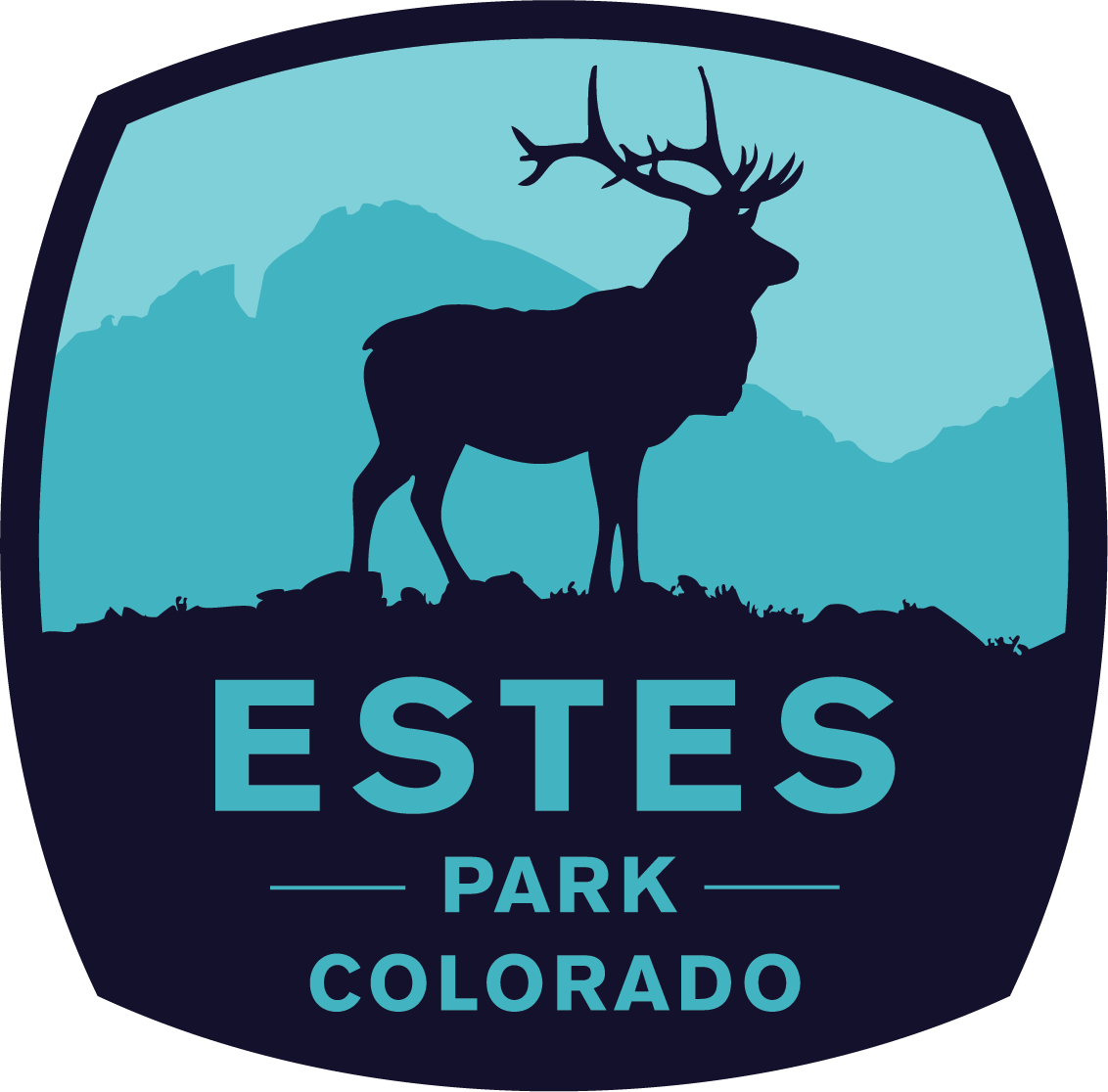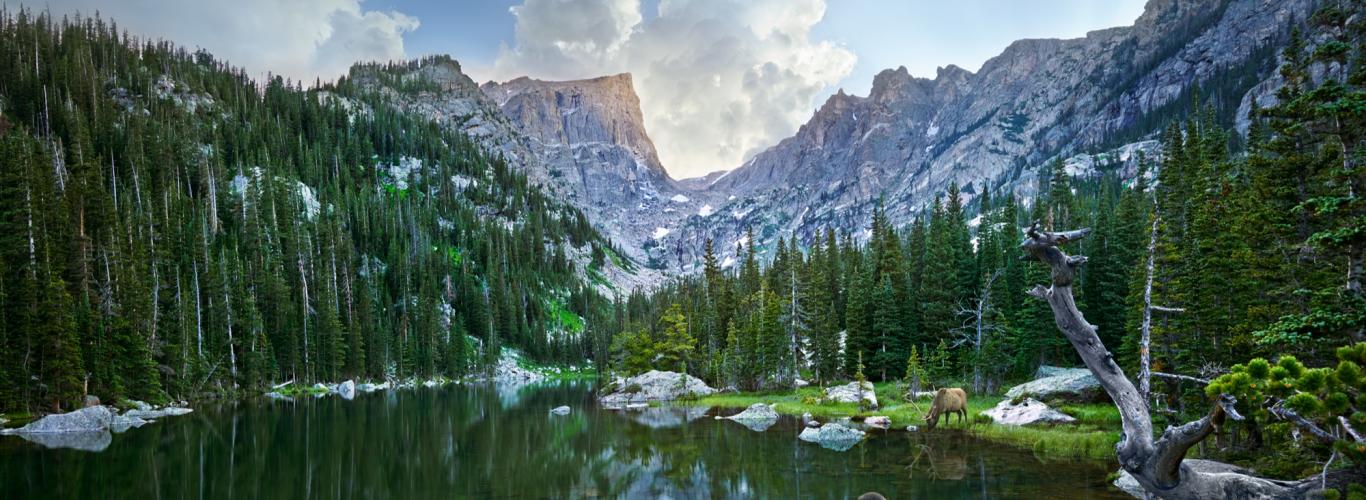Long before we knew Longs Peak as Longs Peak, it had another name, given by the Arapaho Tribe - Neníisótoyóú'u. Recognizing the Indigenous names of peaks, valleys, rivers and so on give us a more comprehensive story of the past and a way to revitalize culture for the future.
Picnic areas in Moraine Park, hiking trails throughout Lumpy Ridge and jaw-dropping sights along Trail Ridge Road were once battlefields, hunting grounds and homes to the Arapaho, Ute and Cheyenne Tribes. These places become so much more dimensional once we uncover those stories.
The Arapaho named what is now Estes, heet-ko’einoo’. Or, once translated, “The Circle.” The circle is represented throughout Arapaho thought and art as the sun, or the center of life, which feels fitting to us. Here are more Arapaho names of familiar places in and around Estes Park along with a few stories to accompany them.
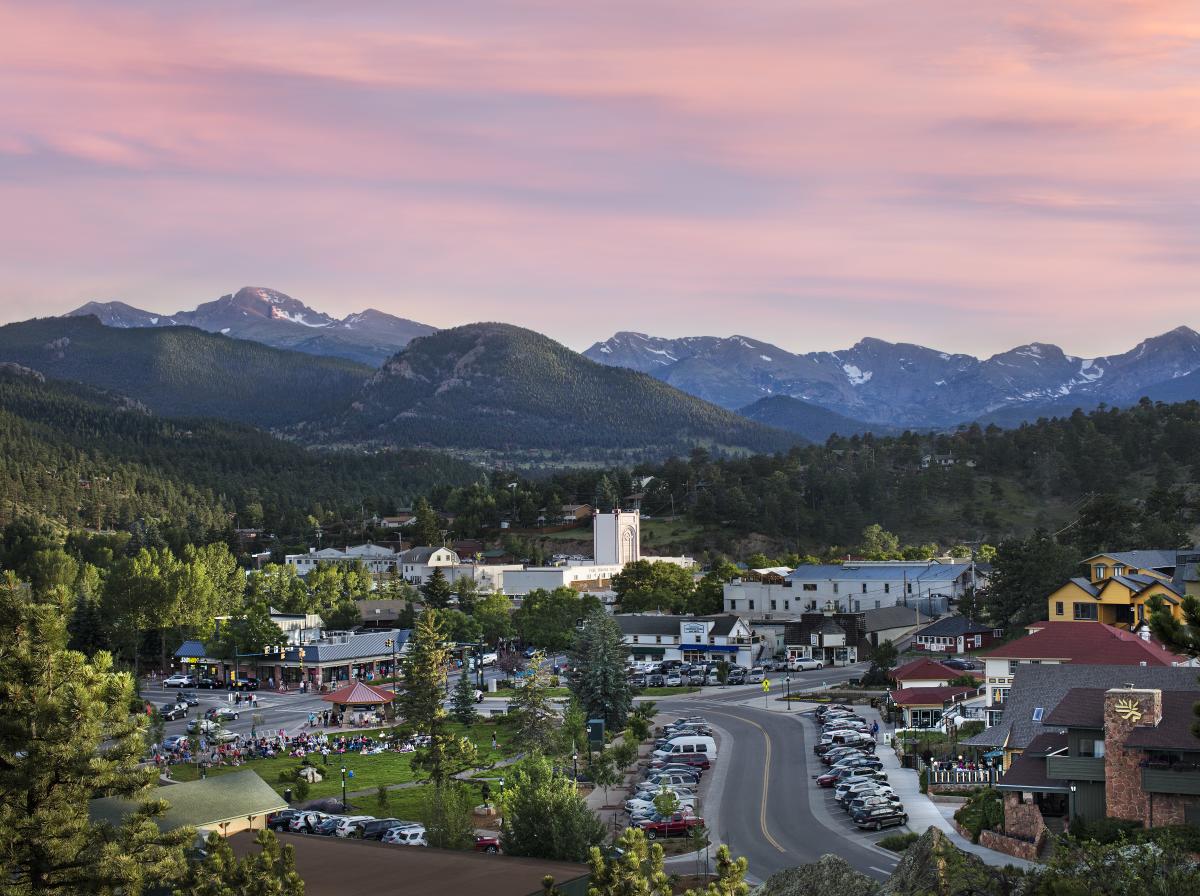
Longs Peak and Mt. Meeker
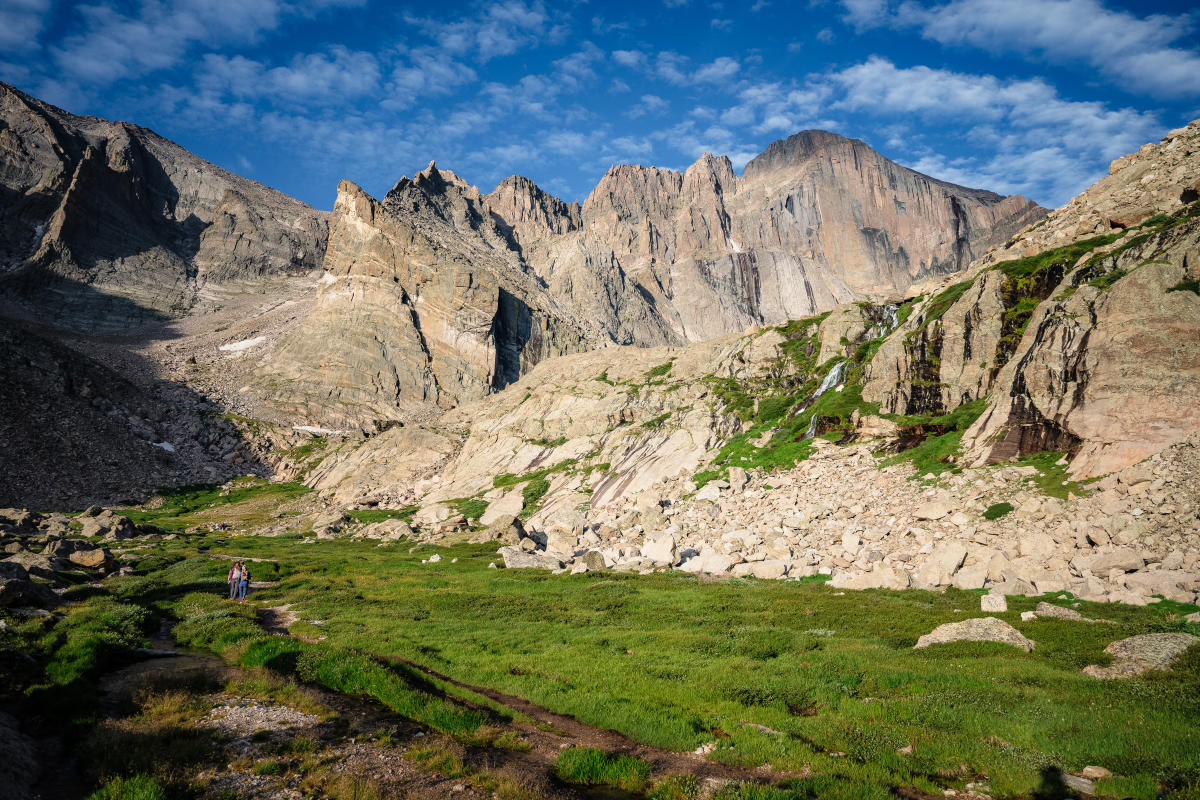
"The Two Guides"
neniis-otoyou-u
These two peaks are within a few hundred feet of each other. Because they were so tall, and so close together, they were used as directional points to guide the Arapaho through the plains and mountains.
Bierstadt Lake
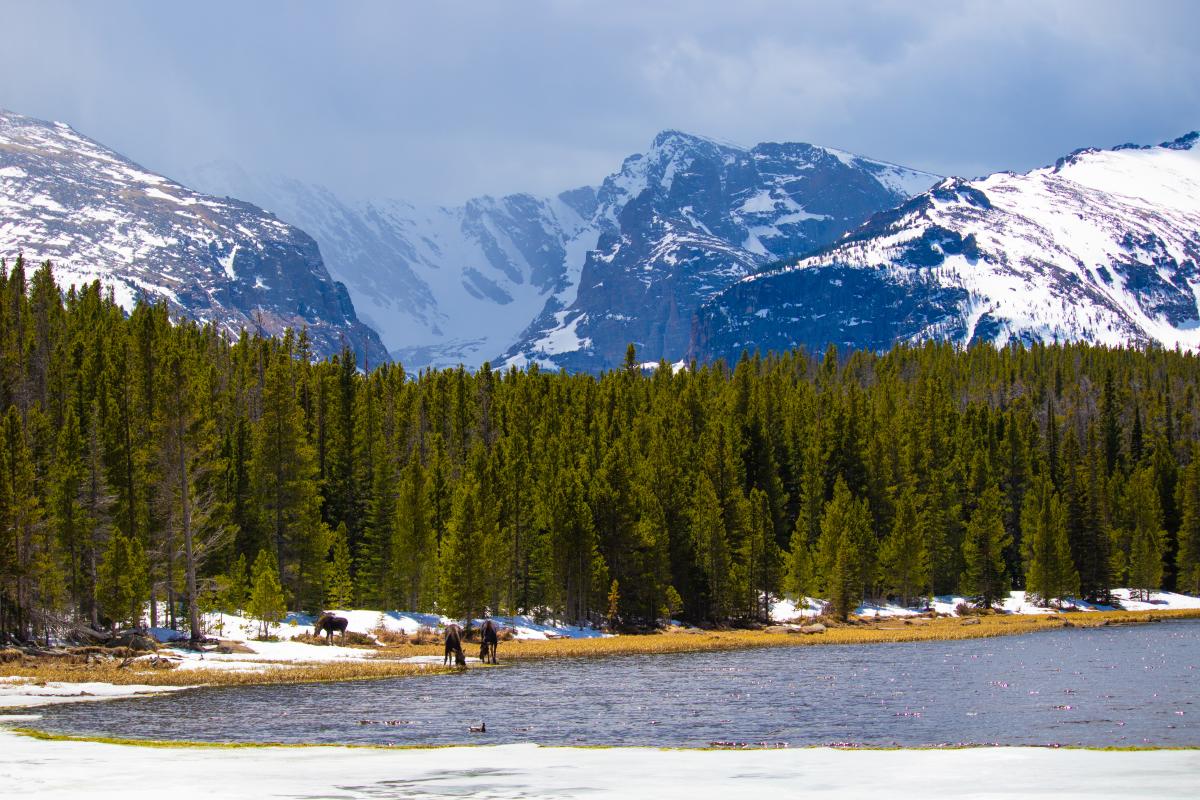
The lake which hangs (above the valley)
Ni’ec honouute’
Lily Lake and Lily Mountain
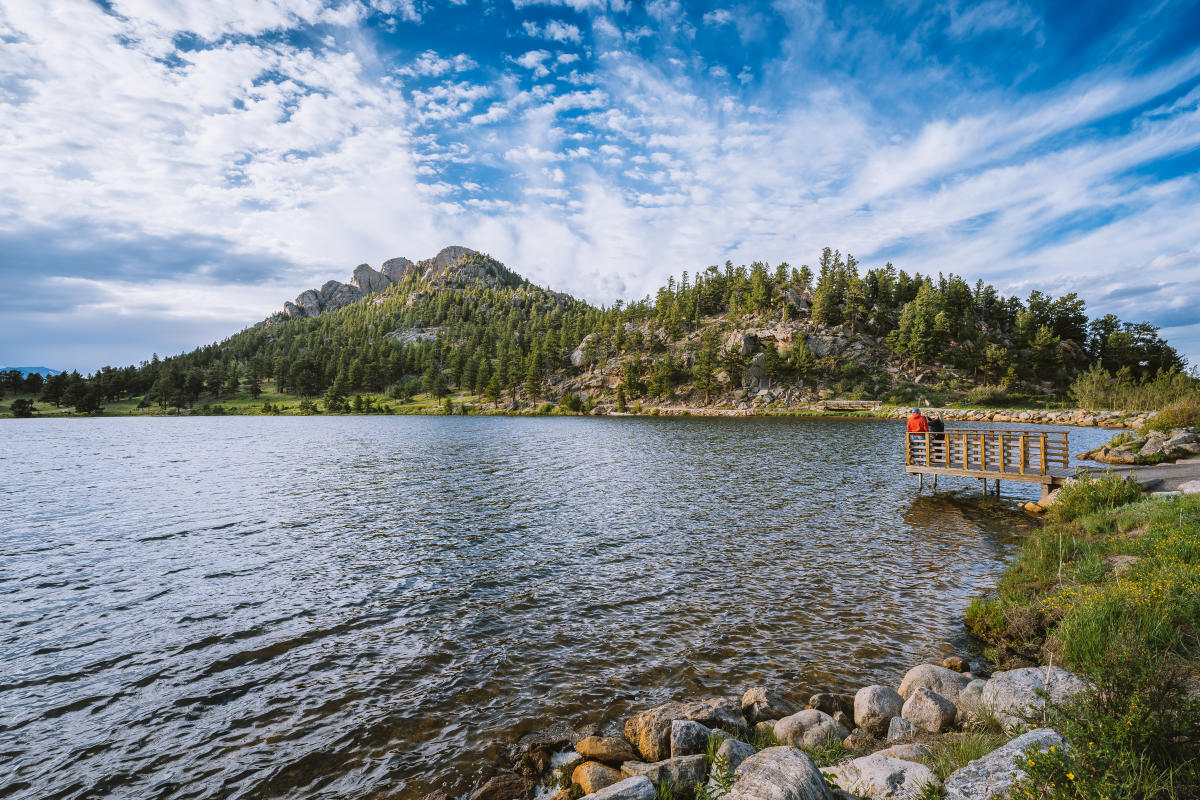
Beaver Lodge
Hebes-okoy
While beavers don’t reside at Lily Lake, they were important ceremonially and medicinally to the Arapaho. Beaver parts and lodges were also used as decorative motifs.
Lumpy Ridge
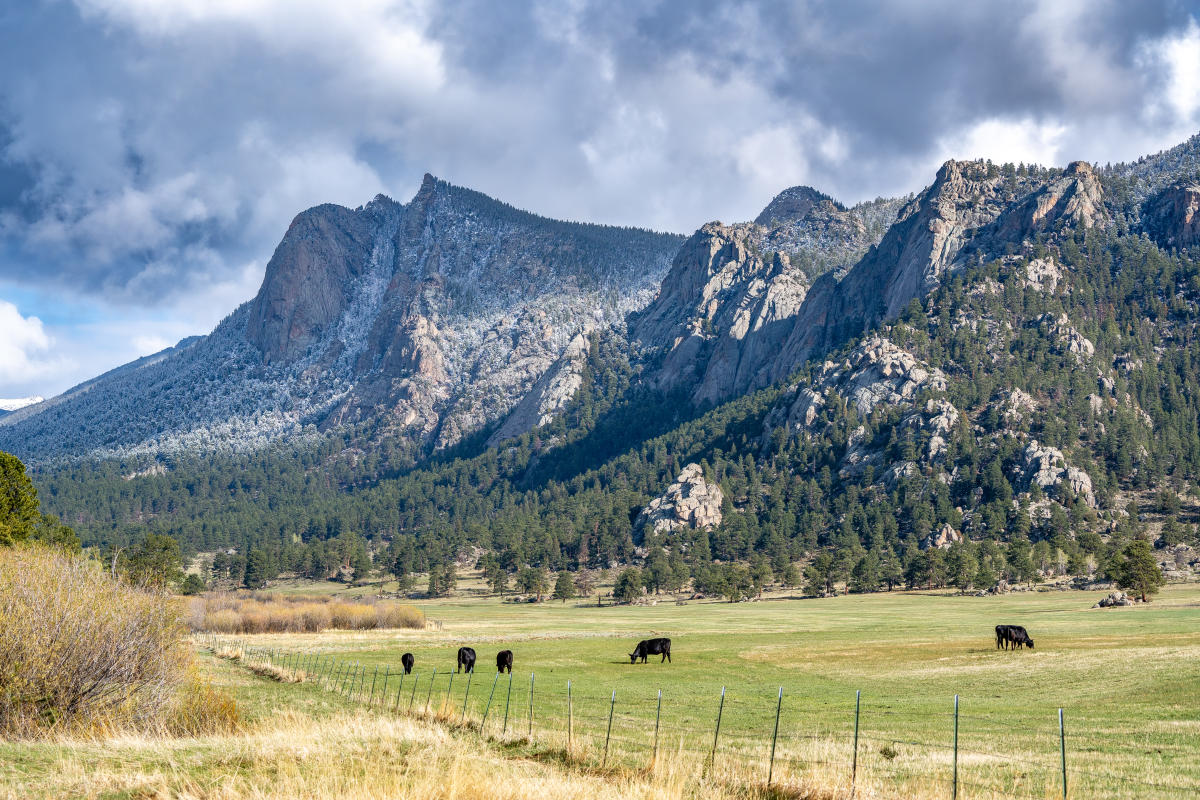
Lumpy Mountain
3ee3i’otoyoo’
Mills Lake
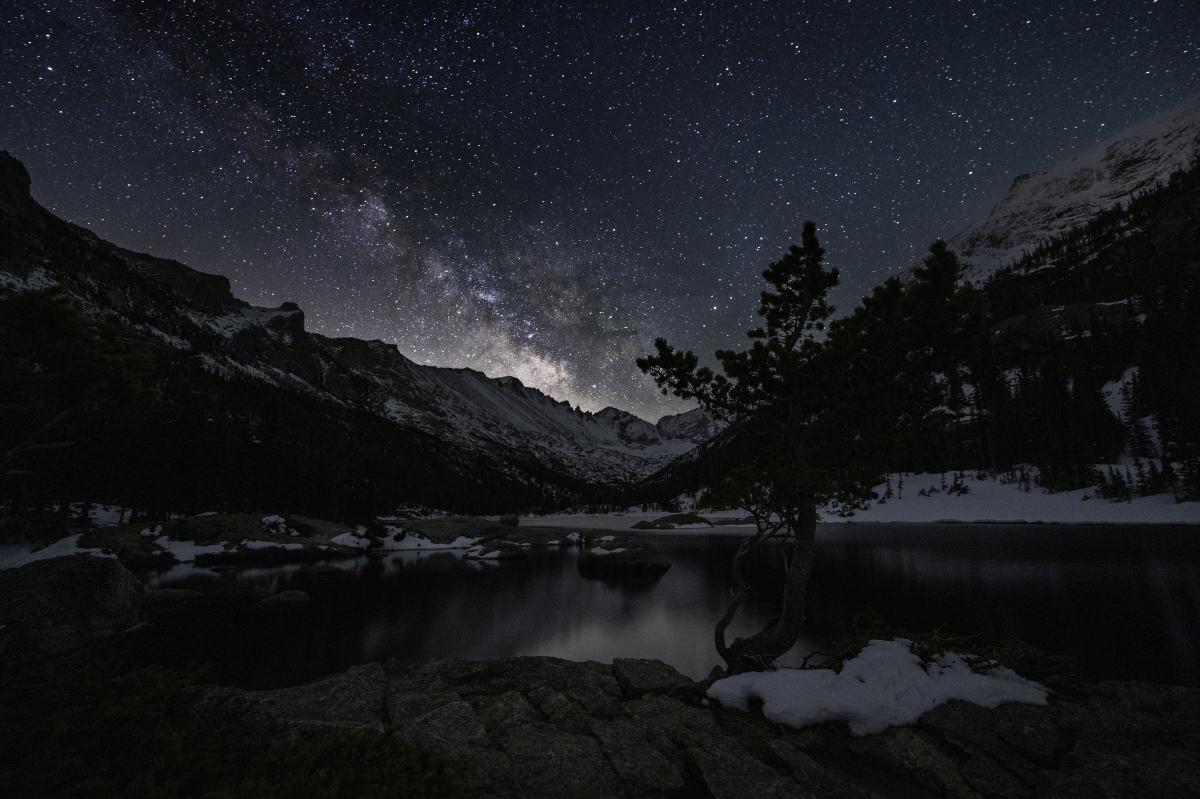
Calm/Still Lake
Teiiton-ni’ec
Stillness is a largely valued quality in Arapaho life, often connected to wisdom.
Deer Mountain

Entering/Inside Mountain
Cenii3-otoyoo’
Fall River
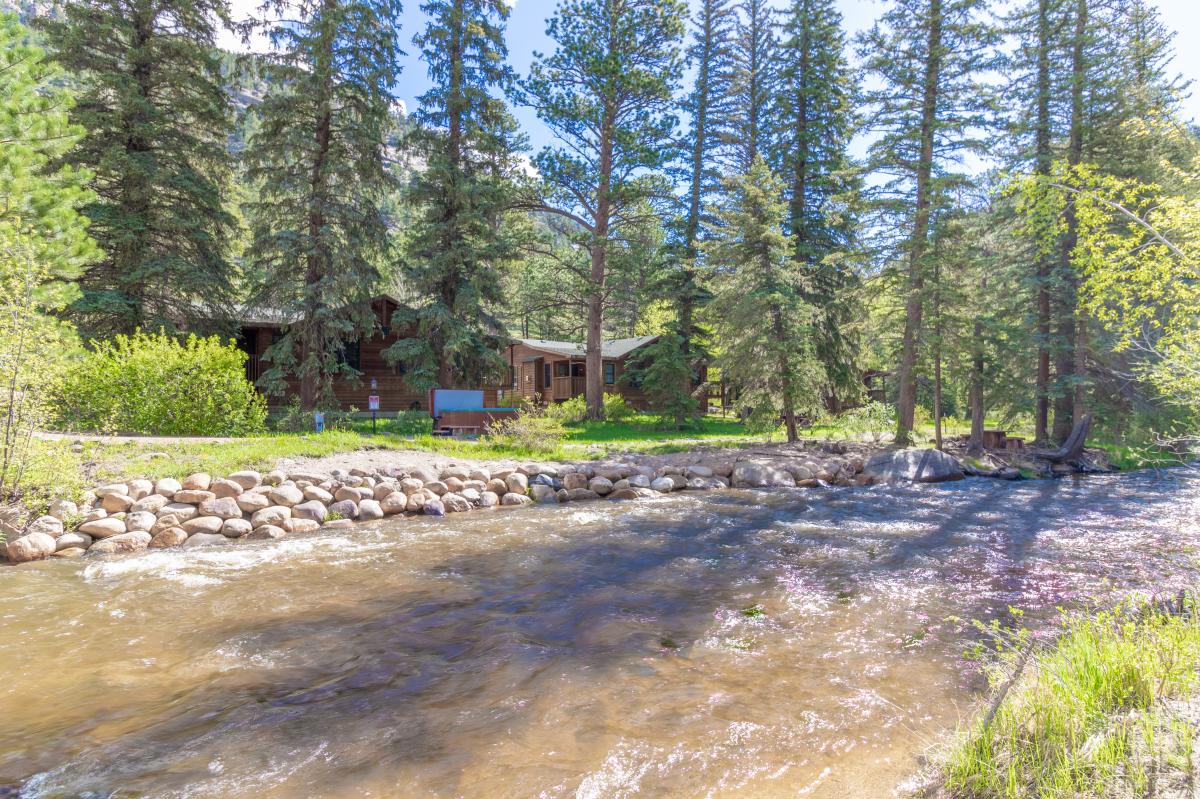
Little Pipe
Heces-iiico’o
Flat Top Mountain and trail over this area
The Big Trail or the Bald Mountains
Heebe3-booo
Hallett Peak
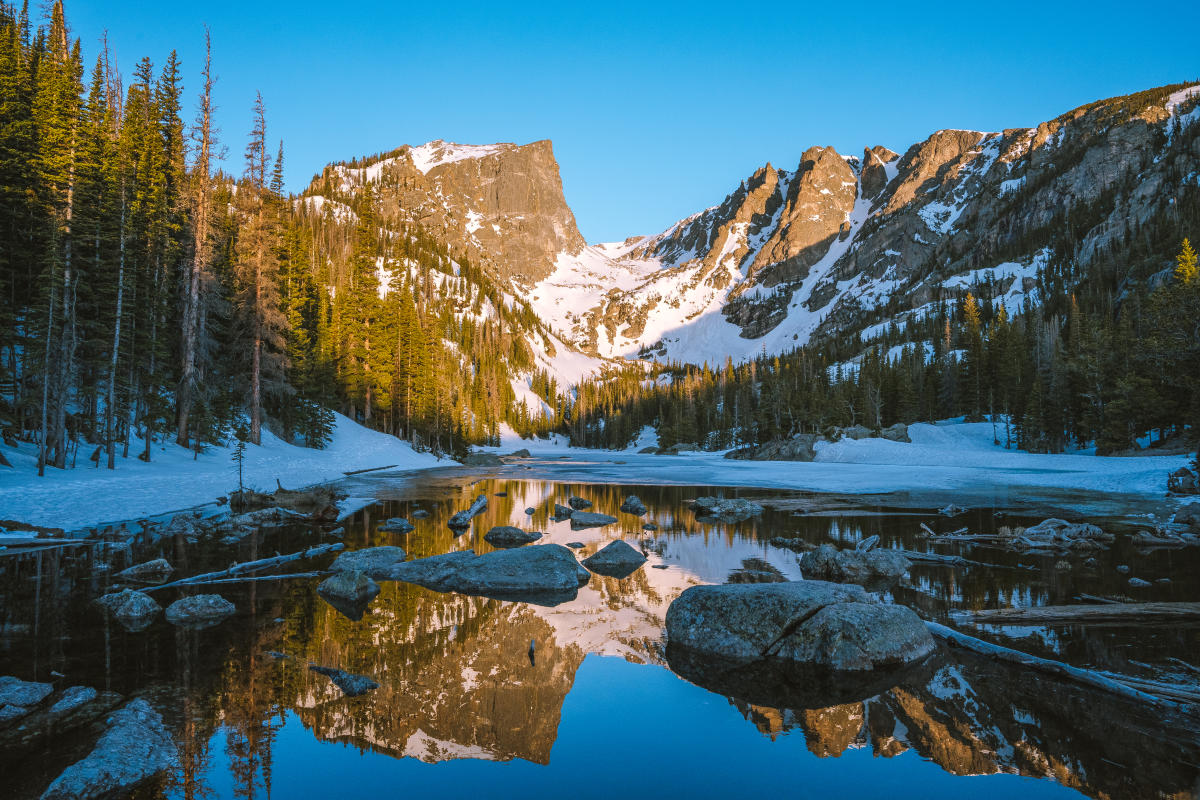
Thunder Peak
Bonoh’oon-otoyoo’
In the narrative traditions of the Arapaho, thunder is the product of the Thunderbird. This showed up in stories as a man who took eagles from a nest and was in turn changed into an eagle like being.
Upper Beaver Meadows area
When an Apache was killed
Ti’iihiinen
Tih-neh’eee-t
Mummy Range
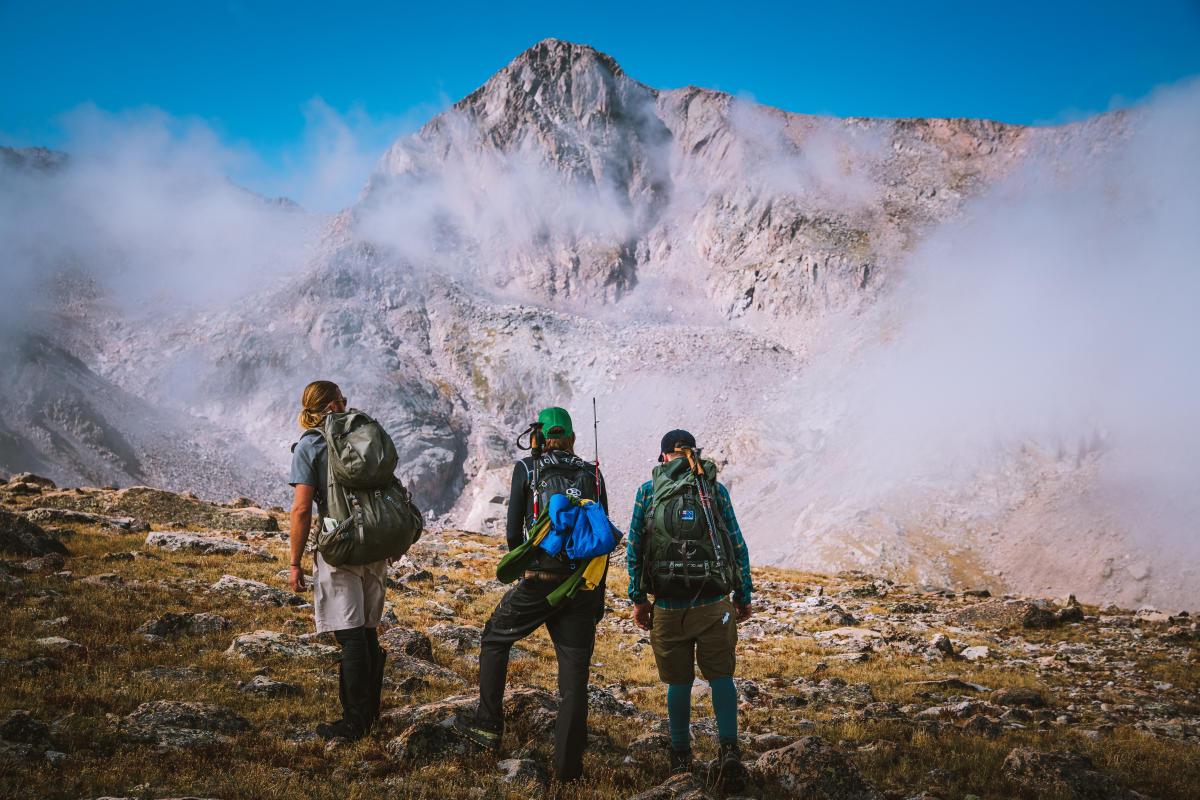
White Owls
Nooku-bee0ei
The Arapaho consider owls to be ghosts. They show up in several narratives, in one specifically the Owl (representing night and winter) enters a rivalry with the Thunderbird (representing day and summer). This story inscribes the struggle of night and day, and winter and summer onto the landscape.
Of course, this is hardly scratching the surface of Indigenous recognition and revitalization. But maybe next time you are admiring Hallett Peak, you will remember those who walked before you.
